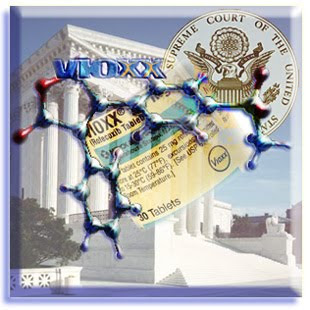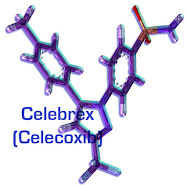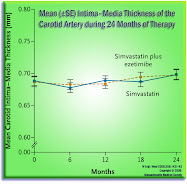 This is yet another facet of Merck's manifold disappointments -- from the once touted Schering-Plough legacy R&D pipeline -- (the one for which Ex-CEO Fred Hassan personally carted off perhaps $325 million in value, while busting-up and selling-off SP to Merck, in November 2009). Per The Street.com's online feed:
This is yet another facet of Merck's manifold disappointments -- from the once touted Schering-Plough legacy R&D pipeline -- (the one for which Ex-CEO Fred Hassan personally carted off perhaps $325 million in value, while busting-up and selling-off SP to Merck, in November 2009). Per The Street.com's online feed:
. . . .So far, Vertex is beating Merck, which means the marketing battle between Incivek and Victrelis is playing out largely as expected.
For the week ended June 17 (the most current data available), doctors wrote 460 prescriptions for Vertex's Incivek compared to 160 prescriptions written for Merck's Victrelis, according to weekly prescription data compiled by IMS Health. Weekly IMS drug prescription data tracks retail pharmacy, mail order and long-term care distribution channels.
That puts Incivek's market share at 75% compared to Victrelis' 25% with about five weeks of prescription data available. Even before the two drugs launched, investors were expecting Incivek to garner more prescriptions, with some analysts forecasting a 75% market share split for Incivek at peak.
The current consensus 2011 sales forecast for Incivek is $490 million, according to the sell-side analysts who cover Vertex. . . .
We will keep you posted, but the overwhelmingly good nesws here is that we are seeing Hep C being cured, right before our eyes.



























